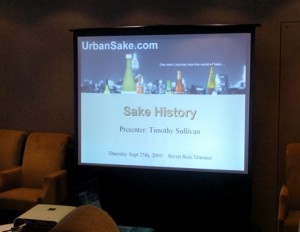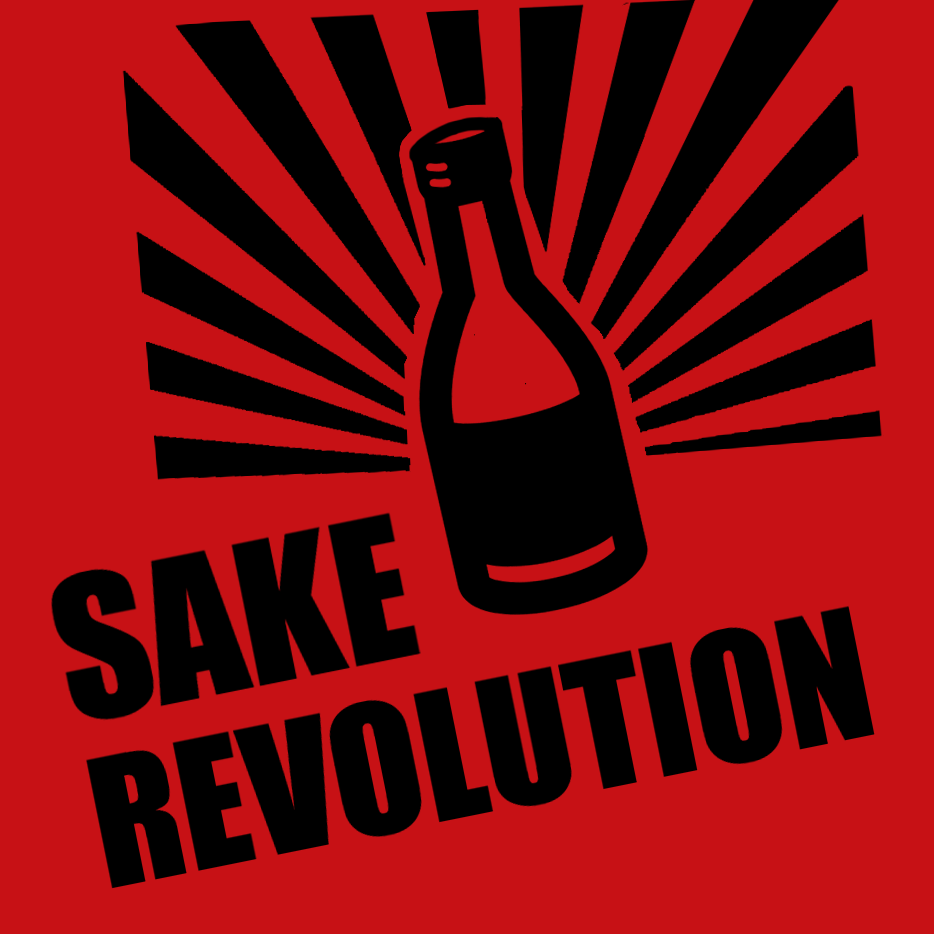Sake Cruise ’09: Sake History
I can’t believe it, but today is already my last sake seminar for the voyage. It’s also our last full day at sea before we reach Japan.

Sake History
This history of sake goes back thousands of years and ties intricately into the history of Japan itself. Once used as a way to commune with the Gods, sake has long been revered and holds a special place in Japanese society to this very day. My Seminar explored how sake came to Japan and how it moved from use during religious ceremony into everyday life and commerce. We also discussed how the sake industry was brought to the edge of destruction during the Second World War and how sake came back and expanded in the late 20th and early 21st centuries to gain a loyal following again in Japan and beyond.
Sakes tasted:
Kurosawa Kimoto Junmai
Murai Sugidama Taru Junmai Ginjo
Wakatake Junmai Daiginjo

Sakes for the Seminar
The Kimoto sake we are tasting today represents the traditional Kimoto method that was used for hundreds of years in Japan. Without understanding and appreciating Kimoto, we miss a huge piece of what sake is.
Next we tasted a taru or cedar-aged sake. This style is a very nostalgic taste for Japan. Cedar barrels was used for centuries in Japan to brew and store sake. Undertanding taru gives us window into Japan’s past.
I included a modern, clean and pure sake such as Wakatake Junmai Daiginjo as a part of Sake history to demonstrate how far sake as come with rice milling and modern brewing methods to create the sakes we know and love today.
I’ve absolutely loved working as a guest lecturer on the Seven Seas Mariner. This really was a once in a lifetime cruise. I’m so grateful to the crew and the beautiful guests who learned to share my love for sake over the last 10 days. It’s been a joy to drink and discuss sake with you. Now – it’s on to Japan for up close encounters with sake. Next stop: Hokkaido.

Teaching Sake History


